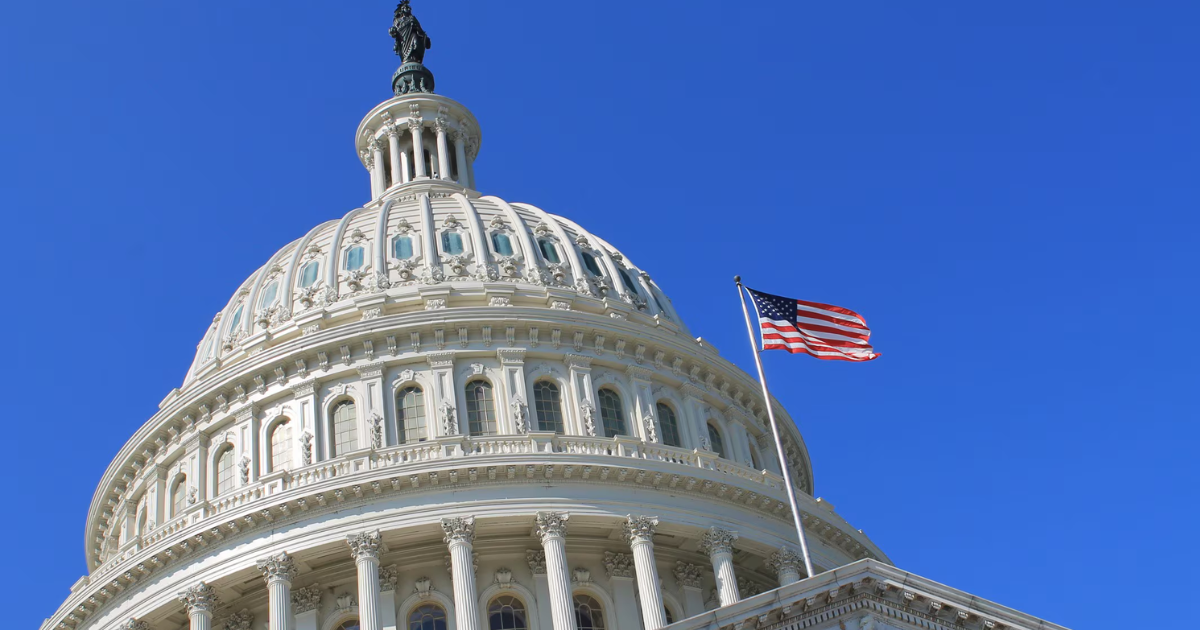The FTX crypto seizure is a tipping point for the regulation enforcement discipline around cryptocurrency-based regulation and policy around the management of assets. Find out what happens following the FTX crypto seizure.
Key-Takeaways:
- Significantly, the US was distributing seized FTX crypto worth $33.6 million.
- Digital asset management is being pushed forward in Germany and Switzerland, as the legal spotlight is on cryptocurrency.
- The FTX transfer occurred, but the crypto market was robust, and the Bitcoin price recoveries spoke to growing maturity.
Redistribution of Government assets
 On December 3, 2024, the U.S. government made history when it transferred $33.6 million in seized cryptocurrencies into newly purchased bitcoins. The funds were connected with the FTX exchange and Alameda Trading Firm.
On December 3, 2024, the U.S. government made history when it transferred $33.6 million in seized cryptocurrencies into newly purchased bitcoins. The funds were connected with the FTX exchange and Alameda Trading Firm.
The assets themselves were redirected to two unknown wallet addresses. That points to the difficulty of managing digital currencies that are confiscated.
The transfer of the FTX crypto seizure was closely watched at Arkham Intelligence. The list includes 5,024 ethers worth $18 million and 54.8 billion Shiba Inu (SHIB).
BUSD, Axie Infinity, Numeraire, Compound, and 13.5 million BUSD were among the other tokens involved. However, this detailed breakdown gives some idea of the width of holdings involved.
The FTX crypto seizure transfer occurred during a broader cryptocurrency market rally. Ethereum’s peak internet money flow this year so far was $183.74 billion, hitting the height of its onchain volume in November.
Also around the same time, the FTX crypto seizure transfer moved roughly 20,000 BTC ($1.92 billion) to a Coinbase Prime deposit address. It sparked a market buzz to explain whether assets would be liquidated.
ALERT: US GOVERNMENT MOVING $1.92B BTC TO NEW ADDRESS
Address: bc1q0av33ktzrkjps8exjex5gtv98vx225uqmzhspm pic.twitter.com/JSELsjFg5T
— Arkham (@arkham) December 2, 2024
The FTX crypto seizure isn’t solely about financial transactions—it’s a part of a much broader war being waged within the cryptocurrency ecosystem against financial fraud. It’s part of a broader set of government approaches to taxing assets from collapsed cryptocurrency platforms.
International governments are actively looking at strategies to manage digital assets. Germany is also the scene of significant crypto liquidation, selling more than 50,000 Bitcoin in the first half of the year.
Switzerland examines Bitcoin mining opportunities while other nations rethink their own cryptocurrency regulations. It is a worldwide pattern on how to manage digital currencies.
While the FTX crypto seizure transfer was met with mixed reactions inside the cryptocurrency community. But some viewed it as simply standard asset management practice, while some feared the move was under market pressure.
A Breakdown of the Transfers Made
 Through the government-controlled wallet, it showed deliberate and strategic asset management. Furthermore, it also made sure that many of the cryptocurrency token transfers they made were across multiple different blockchains.
Through the government-controlled wallet, it showed deliberate and strategic asset management. Furthermore, it also made sure that many of the cryptocurrency token transfers they made were across multiple different blockchains.
The seizing of assets was carried out with a calculated approach, the ones to be redistributed to unidentified addresses.
The FTX crypto seizure has happened at a time when the market is volatile. Regulators are putting the pressure on, but even as they do, Solana and Binance Coin are heading into the monthly close at new all-time highs, which suggests the market remains optimistic.
FTX crypto seizure transfer starts critical discussions. This is also a concern as regards long-term strategies of asset management and, in particular, restituting the investors.
Furthermore, governments are now beginning to deal with seized digital assets, it details. These remain central questions to a larger regulatory narrative, but under this all.
But the amount was enormous, and cryptocurrency markets continued to be quite resilient. Bitcoin’s brief price dip quickly caught, another sign of a mature and confident market.
In the FTX crypto seizure, we can see the technological innovation for the complicated meeting of financial regulation and asset management. But the government is actually affecting the form that the cryptocurrency ecosystem will take.
Conclusion
This FTX crypto seizure is a major step in how cryptocurrency should be regulated. This shows that the government itself has a more central role to weigh and to deal with the complications of handling all the digital assets.
So what should governments do with digital assets? Let us know what you think.











